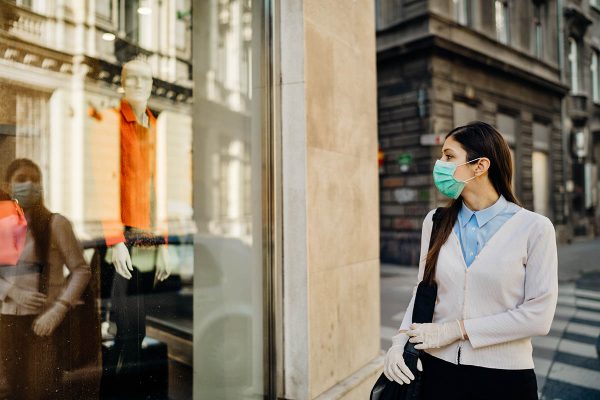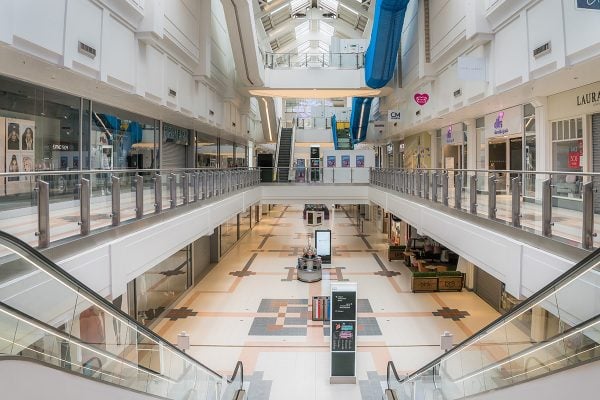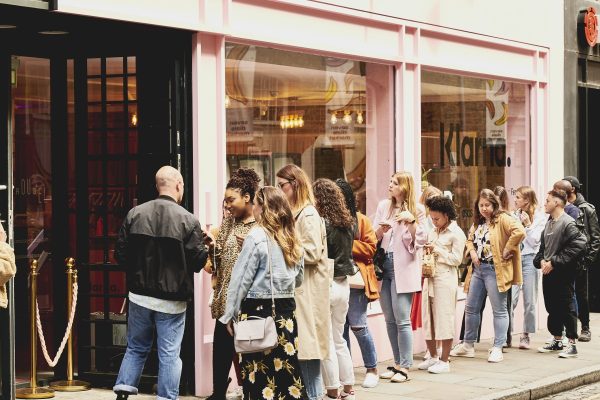This quarter saw consumers choosing to splash their cash on leisure products over essentials in their effort to enjoy experiences, says new findings released today by Deloitte Consumer Tracker Survey.
This trend sees consumer spending in Q2 on essentials down by 10% compared to the previous trading quarter. That is, shoppers are being more economical when buying essentials such as utilities, groceries, housing product to purchase from leisure categories including night’s out, restaurants, hotels, holidays and clothing.
The report says the element of seasonality is in play. Spring to summer season sees shoppers spending less on energy bills, consumers updating their wardrobes for the hot weather.
This phenomenon, coupled with consumers’ yearn for engaging experiences underscores the need for experiential retail in the customer shopping journey. Sellers who want to stay intact with shoppers’ evolving behaviour must look beyond their storefronts. Understanding shopper psychology goes beyond looking at their shopping habits but also macro-environmental factors that influence their overall shopping budget.
While the year-on-year fall in spending seen on the essential items has been driven by lower inflation, it also indicates a more cautious consumer attitude to spending in categories such as groceries, as seen by the performance of the discounters compared with the bigger grocers.
These results are in contrast to the latest retail sales results. Retail sales in June grew to 4.3% compared to a year earlier. On a quarterly basis, UK consumers bought 4.1% more than in the same period of 2018, according to the Office for National Statistics.
This encouraging return to growth in June was due to an increase in non-food categories in particular clothing which performed well after contracting for several months.
Consumer spending has been fuelling Britain’s economic expansion since the June 2016 Brexit referendum.
Until recently, with real wages not growing, households had to either borrow more or dip into their savings to spend. According to the Bank of England, growth in consumer borrowing dropped to 5.6% in May, the slowest rate since 2014, yet other recent official data shows that consumers spent more than they earned for a record tenth consecutive quarter during the first three months of 2019.
On a cash basis, they put just 1% of their income into savings compared with about 4% before the referendum. This slowdown in borrowing and saving raises concerns about the sustainability of consumer spending in the months to come. Consumers have little capacity to deal with another rise in prices or an increase in unemployment if businesses start to reduce hiring post-Brexit.
With little prospect of the economy improving, the question remains as to how long consumers will be willing ─ or indeed able ─ to keep spending?









